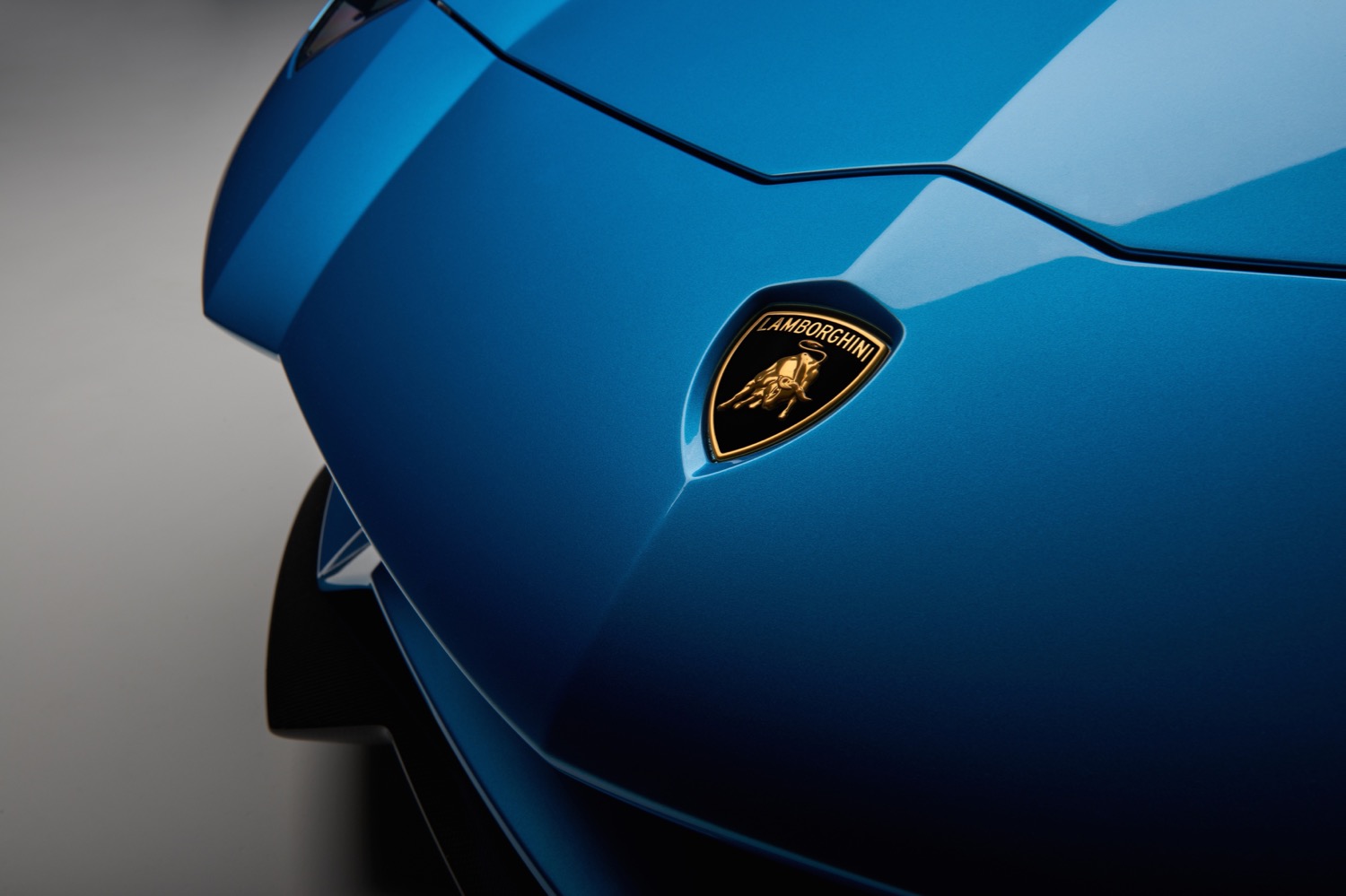
Lamborghini has hinted that it will eventually launch an electric car, but that first all-electric model may not be one of the Italian automaker’s traditional supercars. Lamborghini is planning a four-door “grand tourer” based on the Porsche Taycan, Autocar reports.
Lambo is working on a fourth model to join the Aventador and Huracán supercars and Urus SUV, Maurizio Reggiani, the automaker’s research and development boss, said in an interview with Autocar. The timing of that fourth model, which won’t launch for a few more years, means that it will be the “right time” for an electric powertrain, Reggiani said.
Using that statement as a jumping-off point, Autocar noted that a four-door Lamborghini electric car could use the same Premium Platform Electric underpinnings as the Porsche Taycan. The upcoming Audi E-Tron GT will also use that platform, and it makes sense for Lamborghini to borrow it as well. All three brands are part of the Volkswagen Group, and platform sharing is common within that conglomerate. Lambo’s Urus shares its basic platform with the Audi Q7 and Porsche Cayenne.
The electric car could be similar in design to the Lamborghini Estoque, a four-door concept from 2008, and will feature a “mature” design, according to Autocar. With the Urus around, the idea of a Lamborghini sedan doesn’t seem as sacrilegious as it did a decade ago, at any rate. A range of 350 miles and zero to 62 mph in under three seconds will be “expected” by customers, according to Autocar, and Lamborghini will need numbers like those to beat the Taycan and the Tesla Model S.
Instead of conventional batteries, the electric Lamborghini could use the supercapacitor tech previously seen in the Terzo Millenio and Sian concepts. Supercapacitors can charge and discharge batteries faster, and store more energy in a given footprint, Lamborghini has said. But so far, no company has been able to make supercapacitors work in a production-ready car.
The four-door electric Lamborghini will arrive in 2025, according to Autocar. By that time, Lambo will have to compete not only with its cousins Porsche and Audi, but other high-end electric cars from both traditional automakers and newer startups.
Editors' Recommendations
- The Maserati GranCabrio Folgore is one of the best-looking EVs yet
- Tech giant reveals nice price for new EV to take on Tesla
- Tesla faces new rival as a tech giant launches its first EV
- 2024 Dodge Charger Daytona reinvents the muscle car for the EV era
- Here’s how Ford will give EV customers Tesla Supercharger access


